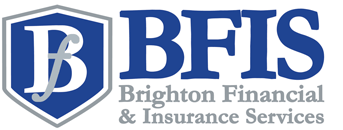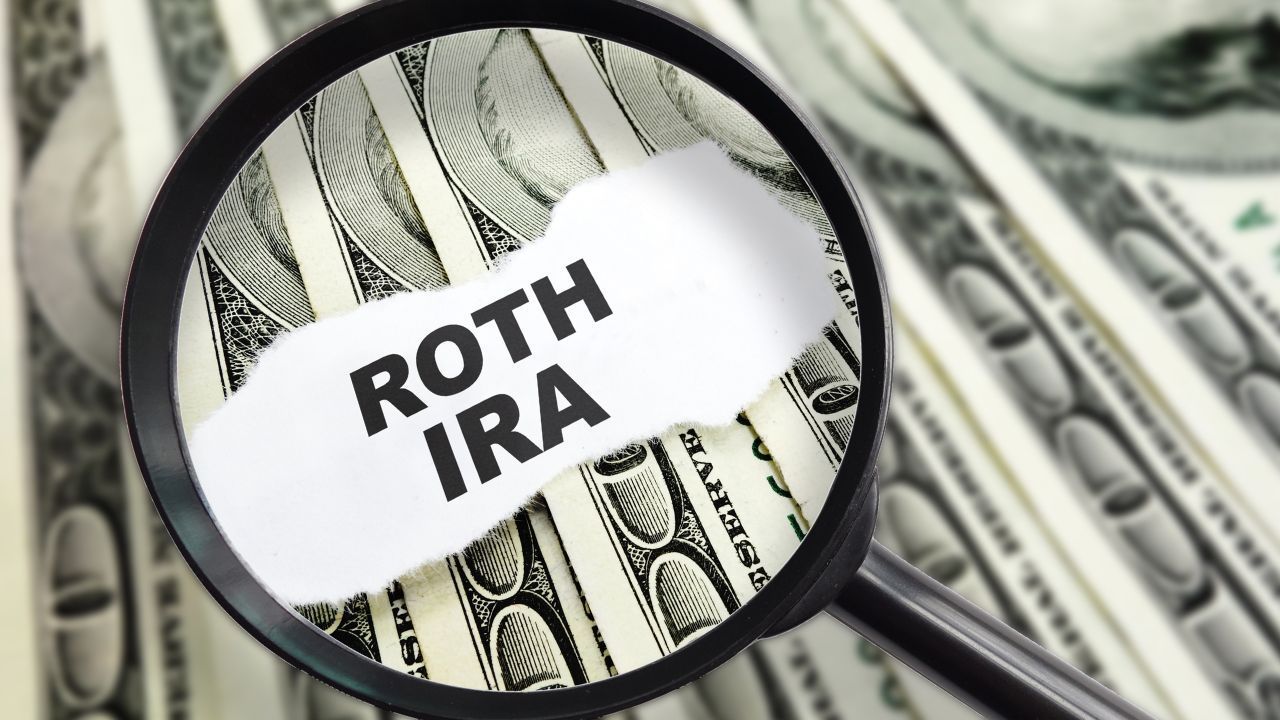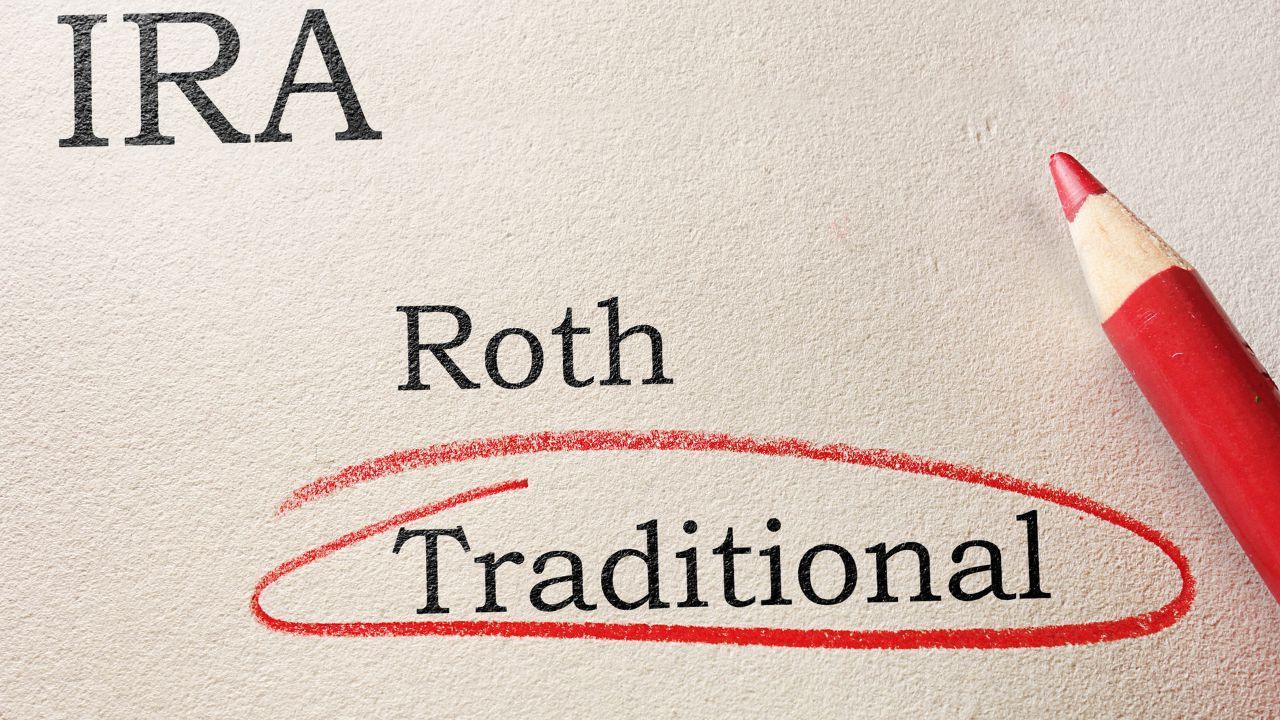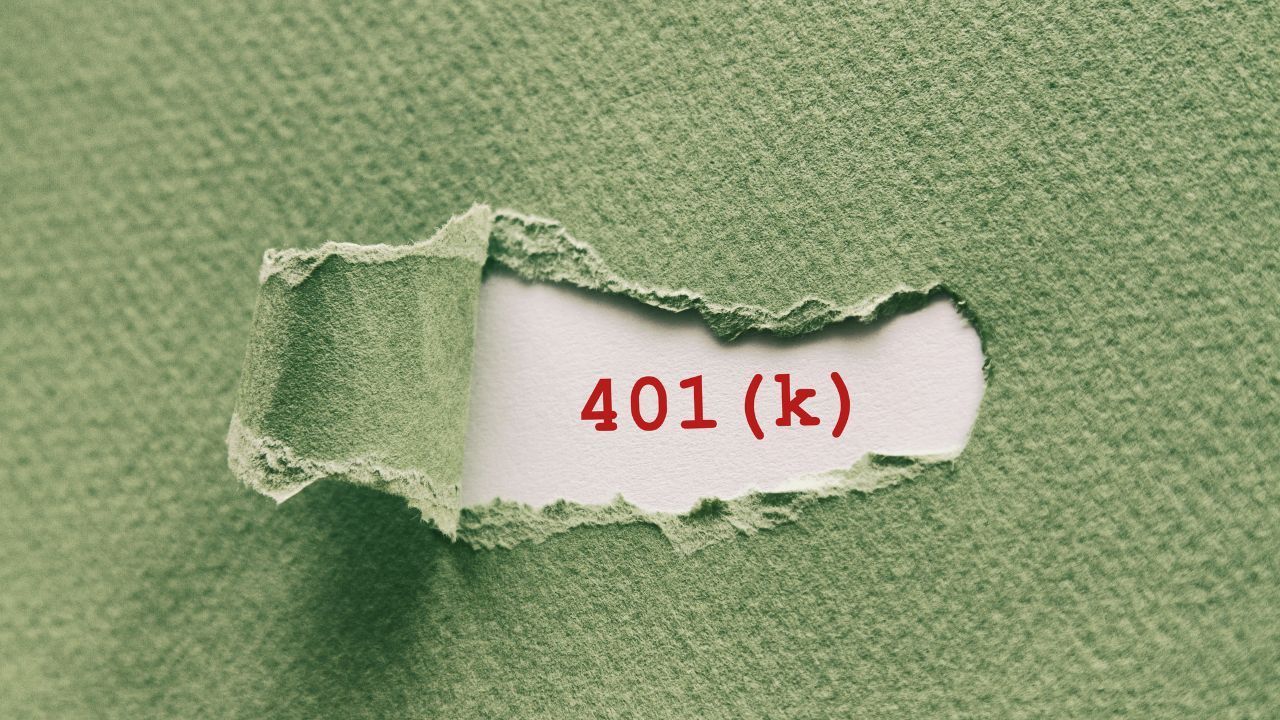Required Minimum Distributions (RMDs): What You Should Know
See How We're Different
or call us: 888-412-7630

By: Vernon Williams | Commercial Agency Advisors & Principal
888-412-7630 | vwilliams@thebrightonfinancial.com
Retirement planning involves careful consideration of various financial aspects, including understanding the ins and outs of Required Minimum Distributions (RMDs). RMDs are a crucial part of retirement planning, and it's essential to grasp the basics to ensure a smooth transition into this phase of life.
Understanding the Basics of Required Minimum Distributions
At its core, a Required Minimum Distribution refers to the minimum amount an individual must withdraw from their tax-deferred retirement account, such as an IRA or 401(k), once they reach a certain age. RMDs are mandated by the Internal Revenue Service (IRS) and are designed to ensure that retirement account funds are eventually subject to income tax.
Retirement planning is a complex process that involves various considerations, and one of the key elements to understand is the concept of Required Minimum Distributions (RMDs). RMDs are an important aspect of retirement accounts, and having a clear understanding of how they work can greatly impact an individual's financial future.
Definition of Required Minimum Distributions
In simple terms, Required Minimum Distributions are the minimum yearly withdrawals individuals must make from their retirement accounts. These withdrawals typically commence once individuals reach age 72, unless they were born before July 1, 1949, in which case the age is 70½.
Let's delve deeper into the mechanics of RMDs. When an individual contributes to a tax-deferred retirement account, such as an IRA or 401(k), they receive certain tax advantages. The funds within these accounts grow on a tax-deferred basis, meaning that individuals do not have to pay taxes on the investment gains or contributions until they withdraw the money.
However, the government does not want individuals to indefinitely defer paying taxes on these retirement funds. Therefore, they have established rules that require individuals to start withdrawing a certain amount from their retirement accounts once they reach a specific age. This mandatory withdrawal is known as the Required Minimum Distribution.
Importance of RMDs in Retirement Planning
RMDs play a crucial role in retirement planning by providing individuals with a steady income stream during their retirement years. Understanding the significance of RMDs helps individuals prepare financially and make informed decisions regarding their investment strategies, tax planning, and overall retirement goals.
As individuals approach retirement age, it becomes essential to factor in RMDs when creating a comprehensive retirement plan. These distributions can significantly impact an individual's financial situation, as they may have tax implications and affect the overall growth of retirement savings.
One of the key benefits of RMDs is that they ensure individuals do not excessively delay paying taxes on their retirement funds. By mandating withdrawals, the government ensures that individuals gradually distribute their retirement savings and pay taxes on the distributed amount. This helps maintain a steady flow of tax revenue and prevents individuals from accumulating large sums of untaxed money in their retirement accounts.
Furthermore, RMDs can serve as a source of income for retirees. By withdrawing the required minimum amount each year, individuals can supplement their other sources of retirement income, such as Social Security benefits or pension payments. This steady income stream can provide financial stability and help individuals cover their living expenses throughout their retirement years.
It is important to note that the calculation of RMDs can be complex, as it involves factors such as the individual's age, account balance, and life expectancy. Consulting with a financial advisor or tax professional can be beneficial in understanding the specific RMD requirements and optimizing retirement planning strategies.
In conclusion, Required Minimum Distributions are a critical component of retirement planning. They ensure that individuals gradually distribute their retirement savings and pay taxes on the distributed amount. Understanding the mechanics and importance of RMDs can help individuals make informed decisions and create a comprehensive retirement plan that aligns with their financial goals.
The Mechanics of Required Minimum Distributions
Calculating Required Minimum Distributions (RMDs) is a crucial aspect of retirement planning. It involves considering multiple factors, including the total retirement account balance, life expectancy, and marital status.
When it comes to retirement accounts, the Internal Revenue Service (IRS) has specific rules in place to ensure that individuals withdraw a minimum amount each year once they reach a certain age. This requirement is known as the Required Minimum Distribution (RMD).
How RMDs are Calculated
The IRS provides several methods to calculate RMDs, ensuring an equitable distribution of retirement funds over an individual's remaining lifetime. One commonly used method is the Uniform Lifetime Table, which takes into account the account owner's age and life expectancy.
For married account owners with spouses more than ten years younger, the IRS offers the Joint Life and Last Survivor Expectancy Table. This table considers both the account owner's and the spouse's ages to determine the RMD amount.
By using these tables, individuals can calculate their RMDs accurately and ensure that they are withdrawing the required amount from their retirement accounts.
Frequency and Timing of RMDs
Once individuals reach the age at which they are required to start taking RMDs, they must withdraw from their retirement accounts annually. The first RMD must be taken by April 1st of the year following the year individuals turn 72 or reach the required age.
Subsequent RMDs must be withdrawn by December 31st each year. It is essential to adhere to these deadlines to avoid penalties and tax consequences.
It is worth noting that individuals who have multiple retirement accounts have the option to aggregate the RMD amounts or take them separately from each account. This flexibility allows individuals to strategize their withdrawals based on their financial needs and tax implications.
Planning for RMDs is a critical aspect of retirement planning. By understanding how RMDs are calculated and the timing of withdrawals, individuals can ensure that they comply with IRS regulations and make informed decisions about their retirement funds.
Tax Implications of Required Minimum Distributions
Understanding the tax implications of Required Minimum Distributions (RMDs) is essential for effective retirement planning and minimizing tax burdens. RMDs are the minimum amount that individuals must withdraw from their retirement accounts, such as Traditional IRAs or employer-sponsored retirement plans, once they reach a certain age (usually 72 years old).
RMD amounts are considered taxable income and are subject to federal income tax. However, the tax rate applied to RMDs depends on an individual's tax bracket. It is crucial to evaluate the potential impact of RMDs on an individual's tax bracket carefully. Taking proactive steps, such as optimizing deductions and exploring tax-efficient withdrawal strategies, can help mitigate the overall tax liability.
One strategy to consider is optimizing deductions. By strategically timing deductible expenses, such as medical expenses or charitable contributions, individuals can potentially reduce their taxable income and lower their tax liability. For example, if an individual has a high RMD amount one year, they may consider making larger charitable contributions to offset the additional taxable income.
Another strategy is exploring tax-efficient withdrawal strategies. This involves carefully planning the timing and amount of withdrawals from retirement accounts to minimize the tax impact. For instance, individuals may choose to withdraw smaller amounts in years when they have lower taxable income, thus potentially staying in a lower tax bracket.
Additionally, Roth IRA conversions can be a useful tool for minimizing RMD taxes. By converting a portion of a Traditional IRA to a Roth IRA, individuals can pay taxes on the converted amount at the time of conversion. This can be advantageous if an individual expects their tax rate to be higher in the future or wants to leave tax-free income to their beneficiaries.
Charitable contributions can also play a role in minimizing RMD taxes. Qualified charitable distributions (QCDs) allow individuals who are at least 70½ years old to directly transfer up to $100,000 from their IRA to a qualified charity. This transfer counts towards their RMD but is not included in their taxable income. Utilizing QCDs can effectively reduce an individual's taxable income and potentially lower their tax bracket.
It is important to note that tax planning strategies should be implemented with the guidance of a qualified tax professional or financial advisor. Each individual's financial situation is unique, and what works for one person may not be suitable for another. By seeking professional advice and exploring these strategies, individuals can optimize the tax benefits associated with RMDs and minimize their overall tax liability.
Common Misconceptions about Required Minimum Distributions
Unfortunately, there are several misconceptions surrounding RMD requirements. Being aware of these misconceptions can prevent costly mistakes and ensure individuals make informed decisions regarding their retirement planning.
When it comes to planning for retirement, understanding the ins and outs of Required Minimum Distributions (RMDs) is crucial. RMDs are the minimum amount that individuals must withdraw from their retirement accounts each year, starting at a certain age. However, there are some common misconceptions that can trip people up and lead to unintended consequences.
Misunderstanding the RMD Age Requirement
One common misconception relates to the age at which individuals must begin taking RMDs. As mentioned earlier, most individuals need to start taking RMDs by age 72. However, those born before July 1, 1949, fall under the previous rule, requiring them to start taking RMDs at age 70½. Understanding these age requirements is crucial to avoid potential penalties and unnecessary tax implications.
It's important to note that the age at which RMDs kick in is not arbitrary. The government has set these requirements to ensure that individuals start withdrawing from their retirement accounts and paying taxes on those funds. By understanding the age requirements, individuals can plan accordingly and avoid any surprises when it comes time to take their RMDs.
Overlooking the Impact of RMDs on Social Security
Another significant misconception is overlooking how RMDs can impact Social Security benefits. RMDs can increase an individual's taxable income, potentially pushing them into a higher tax bracket. Consequently, this can result in a higher portion of Social Security benefits being subject to taxation. Individuals should consider the impact of RMDs on their overall income and explore strategies to optimize both their retirement account withdrawals and Social Security benefits.
When it comes to retirement planning, it's essential to take a holistic approach. Many individuals focus solely on their retirement accounts and overlook the impact that RMDs can have on other sources of income, such as Social Security. By carefully considering the interaction between RMDs and Social Security benefits, individuals can make informed decisions that maximize their overall retirement income.
One strategy to mitigate the impact of RMDs on Social Security benefits is to carefully manage the timing and amount of retirement account withdrawals. By strategically planning when and how much to withdraw from retirement accounts, individuals can minimize the tax implications and potentially reduce the portion of their Social Security benefits subject to taxation.
Additionally, exploring other sources of income, such as part-time work or rental properties, can help diversify retirement income and reduce reliance on Social Security benefits. By creating a well-rounded retirement income plan, individuals can navigate the complexities of RMDs and optimize their overall financial situation.
In conclusion, understanding the common misconceptions surrounding RMD requirements is crucial for effective retirement planning. By debunking these misconceptions and diving deeper into the details, individuals can make informed decisions that align with their financial goals and ensure a comfortable retirement.
Navigating RMD Rules and Regulations
Staying informed about relevant rules and regulations is crucial when it comes to RMDs. Understanding the latest updates and provisions can help individuals navigate this aspect of retirement planning more effectively.
Understanding the CARES Act and RMDs
The Coronavirus Aid, Relief, and Economic Security (CARES) Act passed in 2020 introduced temporary changes to RMD requirements. It allowed individuals to skip RMDs for 2020 to help mitigate financial hardships resulting from the COVID-19 pandemic. However, it is important to stay updated on these changes and consult with a financial advisor to determine the best course of action.
Penalties for Failing to Take RMDs
Failure to take RMDs or withdrawing less than the required amount can result in significant penalties. The IRS imposes a hefty penalty of up to 50% of the RMD amount that should have been withdrawn. Being aware of these penalties and ensuring compliance can help individuals avoid unnecessary financial setbacks.
In conclusion, understanding the intricacies of Required Minimum Distributions is essential for successful retirement planning. From comprehending the basics and mechanics to navigating tax implications and debunking misconceptions, an informed approach to RMDs can help individuals optimize their retirement accounts and ensure financial stability during their golden years. Stay informed, consult with professionals, and proactively adapt to changing rules and regulations to make the most of your retirement journey.

Request A Quote
Get Started Today!
We'll Reply in 15min or less*
Contact Us
We will get back to you as soon as possible.
Please try again later.
*Response time varies based on hours of operation
BFIS | Brighton Financial & Insurance Services
Useful Links
We also serve the Dublin, Fremont, Oakland, San Francisco, and San Jose areas. - Licensed in Alabama, Arizona, California, Florida, Georgia, Hawaii, Idaho, Illinois, Michigan, Missouri, Nevada, New York, Ohio, Oklahoma, Pennsylvania, South Carolina, Tennessee, Texas, Washington and Wisconsin
All Rights Reserved | The Brighton Financial & Insurance Services | Legal Disclaimer | Privacy Policy












